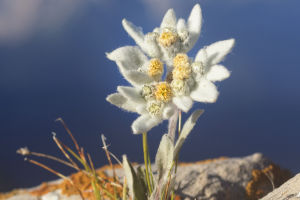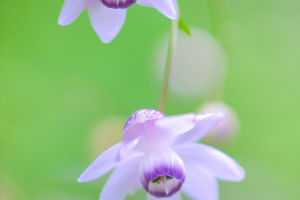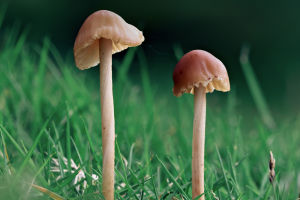
Rosa Chinensis Care

The beautiful rosa chinensis is known as the "queen of flowers," its flowers are relatively large, with many layers of petals, similar to those of rosa chinensis. There is a wide variety of rosa chinensis cultivars, each with different growth habits, flower colors, and postures.
Rosa chinensis is not only attractive but also relatively easy to care for. So, how do you care for rosa chinensiss? What are the critical cultivation and management techniques for Rosa chinensiss? Let's take a look together!
1. How to care for rosa chinensiss:
Caring for Rosa chinensiss is quite simple. These flowers prefer sunlight, so provide them with ample light during the care process. Rosa sinensis should be grown outdoors on balconies or in sunny areas in the yard.
Related
 Cultural significance, ecological challenges, and cultivation solutions for the revered Alpine plant, the Mountain Edelweiss.
Cultural significance, ecological challenges, and cultivation solutions for the revered Alpine plant, the Mountain Edelweiss.
 Optimal care ensures thriving Dendrobiums, an ideal Father's Day present.
Optimal care ensures thriving Dendrobiums, an ideal Father's Day present.
 Cultivate vibrant hyacinths at home for fragrant blooms and stunning aesthetics.
Cultivate vibrant hyacinths at home for fragrant blooms and stunning aesthetics.
 Extend fresh flower lifespan with proper care techniques and attentive maintenance.
Extend fresh flower lifespan with proper care techniques and attentive maintenance.
 Growing roses requires choosing the right variety, proper care, and attention to soil and sunlight for beautiful blooms.
Growing roses requires choosing the right variety, proper care, and attention to soil and sunlight for beautiful blooms.
 Understanding Their Classification and Characteristics.
Understanding Their Classification and Characteristics.
Adequate sunlight promotes flowering, although shading may be necessary during periods of intense sunlight, especially for sensitive varieties, to prevent premature wilting. Water regularly moistens the soil and ensures good ventilation to avoid diseases and pests. During the rainy season, proper drainage is essential.
2. Key techniques for rosa chinensis cultivation and management:
2.1. Soil conditions:
Rosa chinensis prefers loose, well-drained soil. When planting, a mixture of garden soil, river sand, humus, and organic fertilizer can create a nutrient-rich soil. Rosa Sinensis can be grown in pots or the ground, but if planting in the ground, choose a sunny location and loosen the soil before planting, adding some organic fertilizer.
2.2 Cultivation methods:
Rosa chinensiss can be propagated by sowing seeds or by cuttings.
Although seeding is relatively slow, it's a reliable method for preserving the excellent genes of certain Rosa chinensis varieties. Cuttings are more commonly used, producing quick results. Select robust branches for cuttings and propagate them in a nursery. Avoid exposing cuttings to direct sunlight during the rooting process, and choose a suitable temperature for propagation, as rosa chinensis cuttings root quickly.
2.3. Light requirements:
During the cultivation of rosa chinensiss, ensure they receive plenty of sunlight. A minimum of 6 hours of sunlight daily is necessary for robust growth and abundant flowering, resulting in fragrant blooms.
2.4. Fertilization:
Rosa chinensis proliferates and has high nutrient requirements.

Therefore, regular fertilization is essential during the growing season, with light fertilizer applied every ten days. Rosa chinensis requires nitrogen, phosphorus, potassium, and various micronutrients. Organic fertilizers such as composted manure, chicken manure, soybean cake, or oil residue can be applied as a base fertilizer. Stop fertilizing in winter.
These are the essential techniques for caring for Rosa sinensis and its cultivation and management. Rosa chinensis cultivation is relatively straightforward, and the demand for these flowers in landscaping and home gardening is considerable, offering vast development opportunities for nurseries and growers.